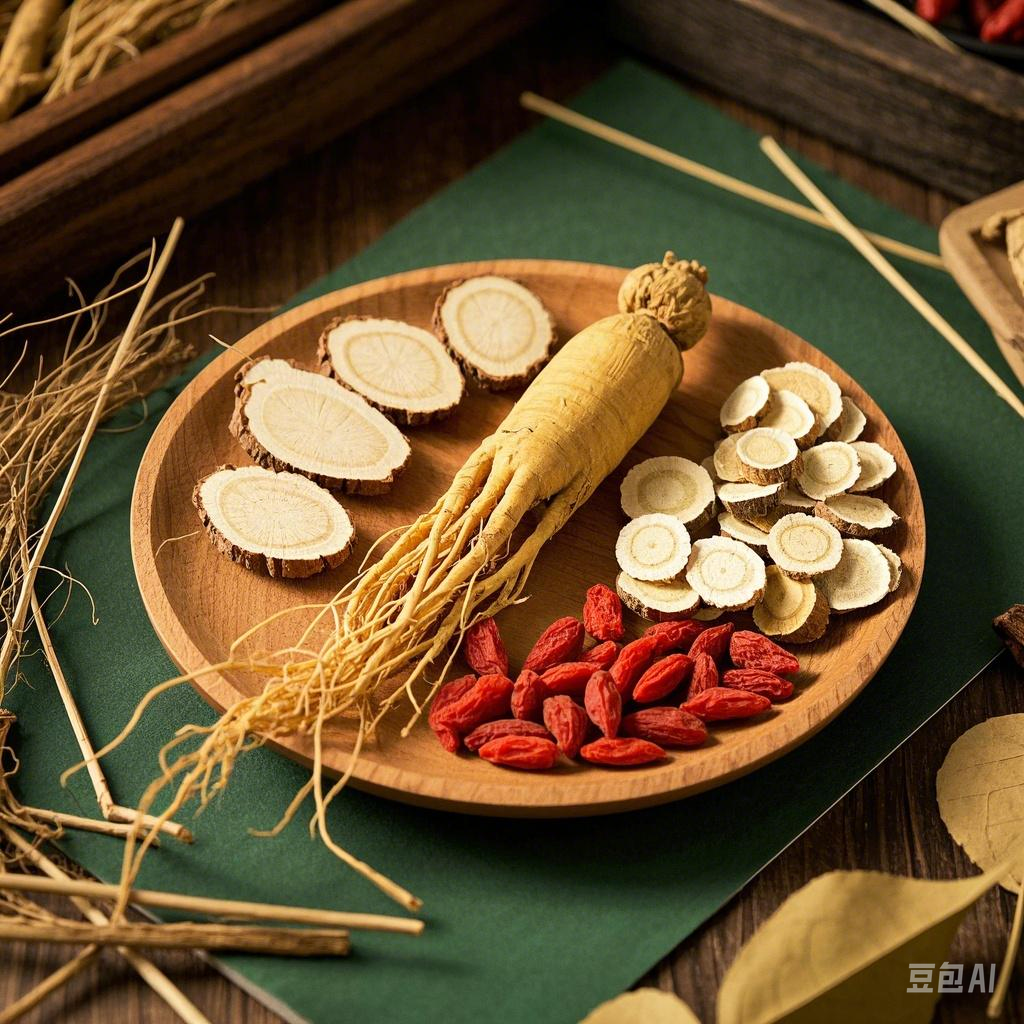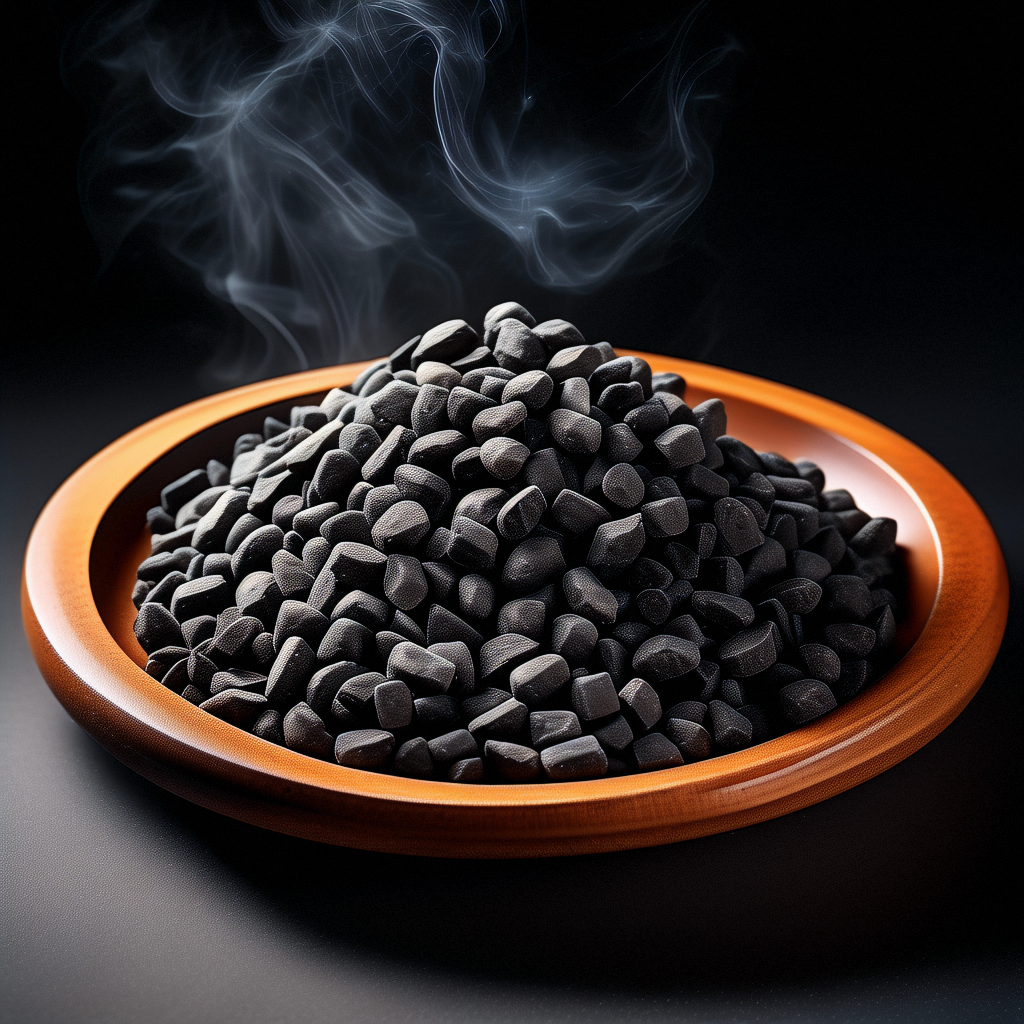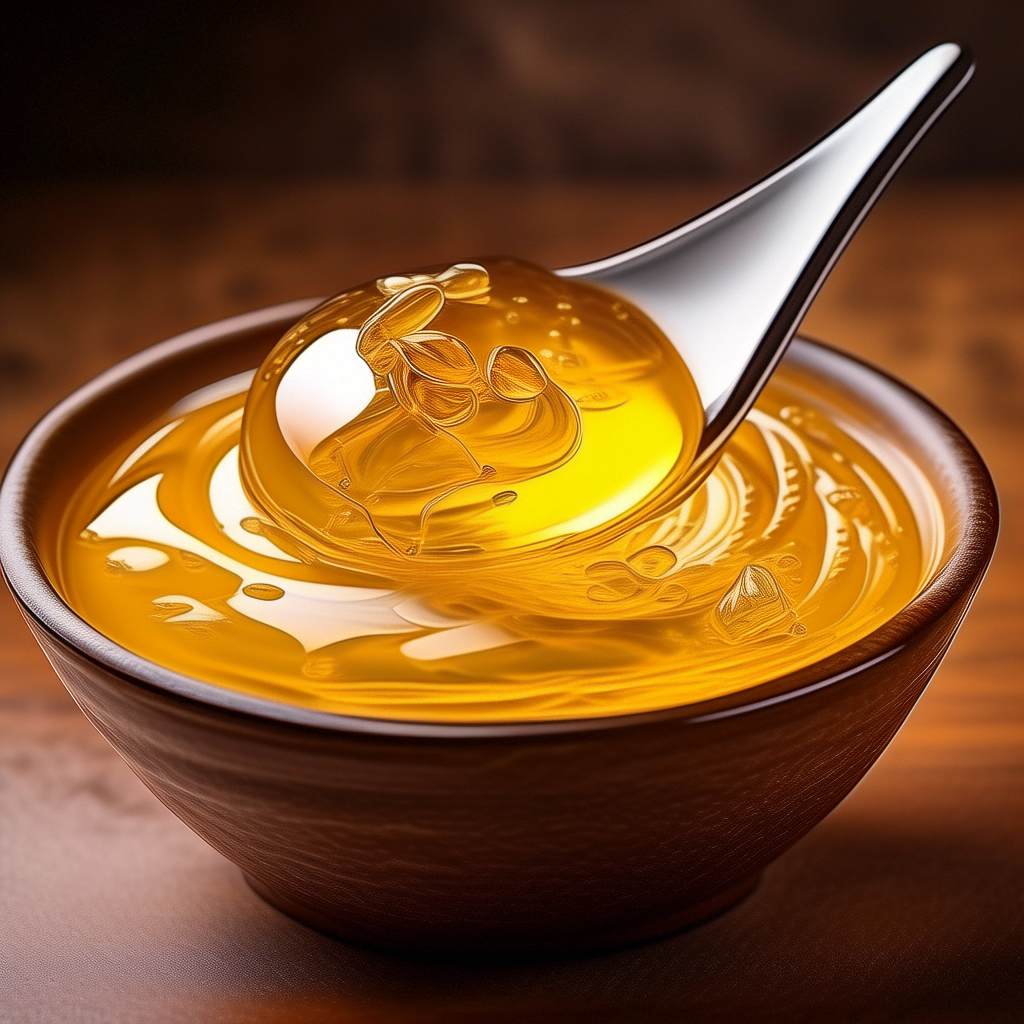
Latest export analysis of Chinese Pien Tze Huang (HS: 300049052) in 2024
“According to customs data, the export value of Pien Tze Huang has shown a significant upward trend from 2018 to 2023. The export amount in 2018 was 30.95 million US dollars, and it will increase to 55.15 million US dollars by 2023, a year-on-year increase of 22.25% compared to 2022. From 2018 to 2023, the brand has grown by 78.2%, reflecting the expanding influence and demand of Pien Tze Huang in the international market. Its brand value and product recognition are constantly improving, attracting more and more overseas consumers and distributors.”
Pien Tze Huang or Pien Ze Huang is a traditional Chinese medicine originating from China with a long history. It was first created by a royal physician during the Jiajing period of the Ming Dynasty and has a history of over 400 years. As a traditional and precious traditional Chinese patent medicines and simple preparations in China, Pienzehuang has a certain popularity and market share in the international market with its unique medicinal value and high quality.
According to customs data, the export value of Pien Tze Huang has shown a significant upward trend from 2018 to 2023. The export amount in 2018 was 30.95 million US dollars, and it will increase to 55.15 million US dollars by 2023, a year-on-year increase of 22.25% compared to 2022. From 2018 to 2023, the brand has grown by 78.2%, reflecting the expanding influence and demand of Pien Tze Huang in the international market. Its brand value and product recognition are constantly improving, attracting more and more overseas consumers and distributors.
The overall export volume of Pien Tze Huang showed a fluctuating trend, increasing from 2100 kilograms in 2018 to 2640 kilograms in 2021. The export quantity in 2022 remained the same as in 2021, but showed a downward trend in 2023, with the export volume dropping to 2253 kilograms. In 2024, it sharply declined to 1456 kilograms. This indicates that while the export amount of Pien Tze Huang has increased, the export quantity has not maintained synchronous growth, and even showed a significant downward trend in the later stage.

From the perspective of changes in the relationship between amount and quantity, the export market strategy of Pien Tze Huang has been adjusted at different stages. In the early stage, enterprises focus on increasing the export unit price by enhancing product added value and brand influence, in order to obtain higher profit margins. In the later stage, especially in 2024, facing a significant decline in export volume, companies may be more inclined to stabilize their market share by adjusting prices and other means, which reflects their flexible response strategies in different market environments.
As a traditional Chinese medicine, Pien Tze Huang is mainly exported to the Asian market, accounting for 99.18% of the total export volume, with Hong Kong, Indonesia, Thailand, Singapore, and Malaysia as the main markets. This is because in Southeast Asia, traditional Chinese medicine has a profound cultural foundation and a wide range of consumer groups. At the same time, the recognition of Pien Tze Huang in some emerging markets is gradually increasing, such as Brazil and the United States in the Americas. In addition, the traditional Chinese medicine market in Australia is relatively stable, with at least 20% of the market being re exported through Hong Kong, China.
Due to differences in cultural backgrounds and theoretical systems, the promotion of traditional Chinese medicine in the international market still faces many difficulties. For example, the theory and practice of traditional Chinese medicine require more scientific verification and international recognition. Different countries and regions have different regulations and standards for drugs, and traditional Chinese medicine products need more efforts and coordination in market access and legal protection. The export market of Pien Tze Huang has undergone complex changes in the past few years, and enterprises need to continuously optimize their business strategies, actively respond to market challenges, and achieve sustainable development.
Overall, the acceptance of traditional Chinese medicine in the international market is constantly increasing, but it also faces challenges in terms of culture, regulations, and other aspects. By strengthening international cooperation, improving product quality and standards, traditional Chinese medicine is expected to gain wider recognition and application in the international market.
As the first data company in China, Big Trade Data LTD can provide import and export customs data for more than 80 countries from 2010 to present. It can accurately analyze the distribution of import and export markets online, as well as the detailed transaction situation of import and export enterprises, specific quantity and price analysis, supply cycle, etc. Provide reliable and reliable data for major foreign trade enterprises and industry consulting companies.
(This article is an original article by BTD. Please indicate the source when reprinting.)













